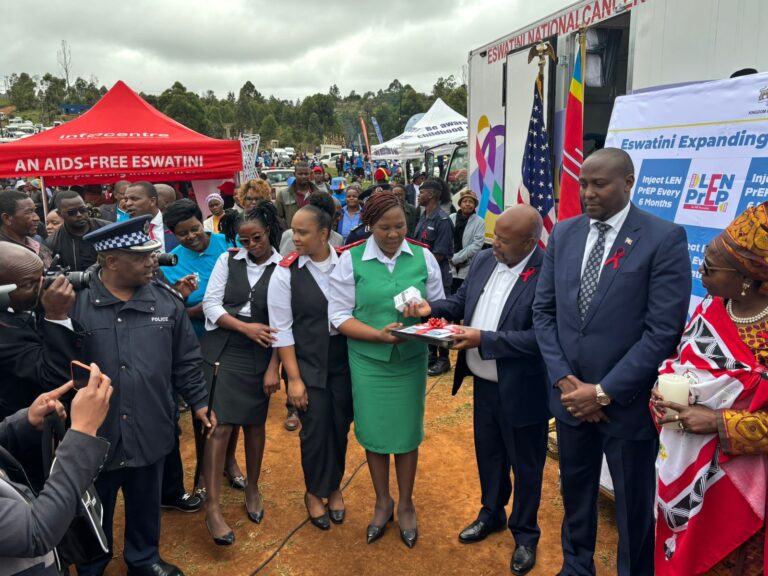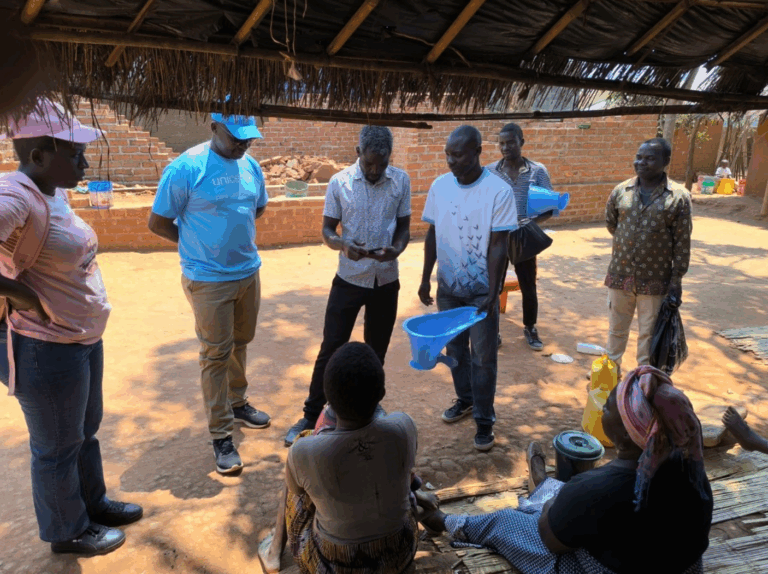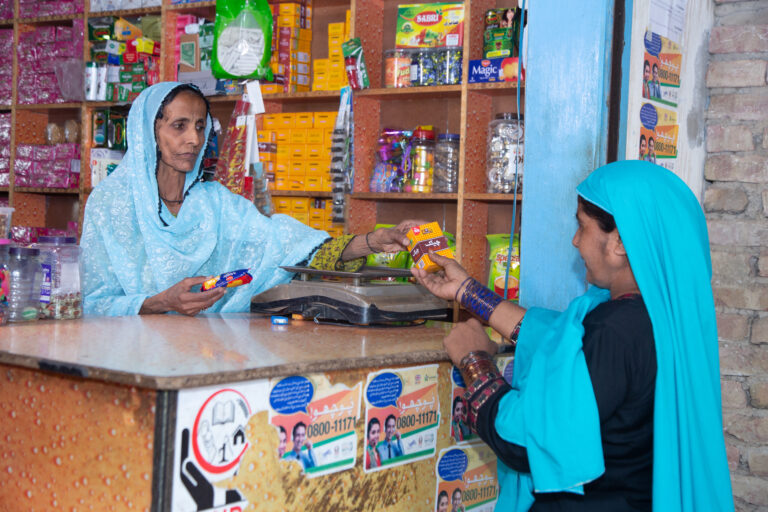By Christina Lussiana, Deputy Director, Digital Health, PSI Global
Global health leaders have committed to achieving Universal Health Coverage (UHC) for all by 2030, meaning all people, regardless of ability to pay, would have access to quality healthcare. The journey to UHC is not simple. Economies and health systems need to redistribute resources and acquire new tools to meet the increased demand for quality, affordable care.
Due to health system inefficiencies, WHO estimates that 20-40% of current health spending is not used effectively. UHC is also dependent on the availability of skilled health workers, but the World Health Organization (WHO) estimates a projected shortfall of 18 million health workers by 2030, mostly in low- and middle-income countries (LMICs)..
Digital health interventions have emerged as a strategy to overcome these health system challenges in LMICs and support a country’s journey to UHC. However, these interventions are only as strong as the health workforce implementing them.
That’s where PSI comes in.
For the past 10 years, in partnership with leaders and experts in digital health, PSI has led, developed, and scaled up publicly available workforce-facing solutions to health system inefficiencies. Workforce development, stewardship, and learning and performance management via digital tools will help to strengthen health systems help countries achieve UHC.
Quality of care
Starting in 2015, PSI introduced and scaled up a DHIS2-based supportive supervision tool called Health Network Quality Improvement System (HNQIS). HNQIS facilitates supervision between health providers and health supervisors to support health service quality improvement . HNQIS is used in over 20 countries, and the learnings and data gathered from implementation at scale has supported the embedment of HNQIS supportive supervision tool in core DHIS2.
With the support of USAID and PMI funding, the HNQIS supportive supervision tool will be imbedded in core DHIS2. Using this tool, Ministries of Health and implementing partners can identify gaps in providers’ knowledge and skills. Using this information, HNQIS can assist with monitoring action plans and evaluating progress. These tools are user-friendly and can be set up and implemented by health systems and local governments to support an effective health workforce
Stewardship
Digital solutions support e-Learning to improve and maintain health workforce’s capacity. The e-Learning platform Moodle has been used in several countries to support health care staff capacity building and health system strengthening. In 2020 PSI, supported by PMI, launched a Moodle-based e-Learning platform called Kassai to support remote capacity building activities with over 6,000 public health providers in Angola. Building on the success of the Kassai platform in Angola, PSI expanded Kassai to more than 10 other countries and enhanced the user experience by integrating a WhatsApp chatbot.
The Moodle-based remote capacity building intervention now offers WhatsApp-based e-Learning courses to frontline health workers to expand access to health information and resources. Health system managers rely on Kassai to improve and maintain a well-informed health workforce in several health areas, via remote or blended learning approaches and monitoring health providers’ progress.
Effectivity
The integration of DHIS2 and Moodle supports a Learning and Performance Management (LPM) ecosystem that relies on open-source technologies and strong data collection. Data from multiple sources can be integrated and transferred to local health management information systems (HMIS). Governments have access to dashboards that report multiple indicators including facility service capacity, morbidity and mortality data, data from provider e-Learning courses, and data from supportive supervision visits. Data visualizations are used to justify and inform decisions on health resource allocation to increase efficiency and effectivity. Integrated LPM ecosystem supports Ministries of Health in targeting and planning at-scale health systems strengthening supportive interventions.
Looking to the future, PSI anticipates that digital health solutions will emerge as a tool to standardize measures across health systems to increase communication and commonalities between health providers and health facilities.
PSI’s Digital Health and Monitoring department is proud to have taken on the challenge to support and sustain workforce development at-scale. Health systems strengthening is multifaceted and specific to the health economy and environmental context. Digital health solutions have limitations, including access to mobile devices and internet connectivity. However, collaborative stewardship within the digital health community and health system workforce promotes sustainable, effective, quality health care to overcome barriers UHC.



















